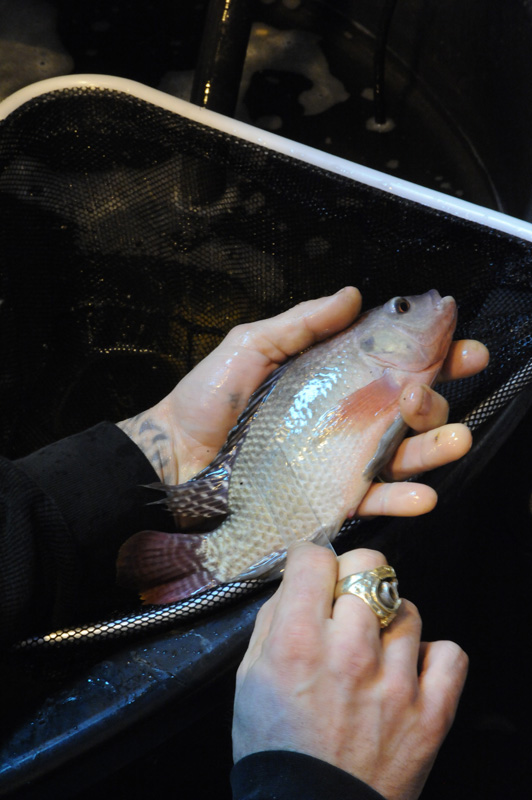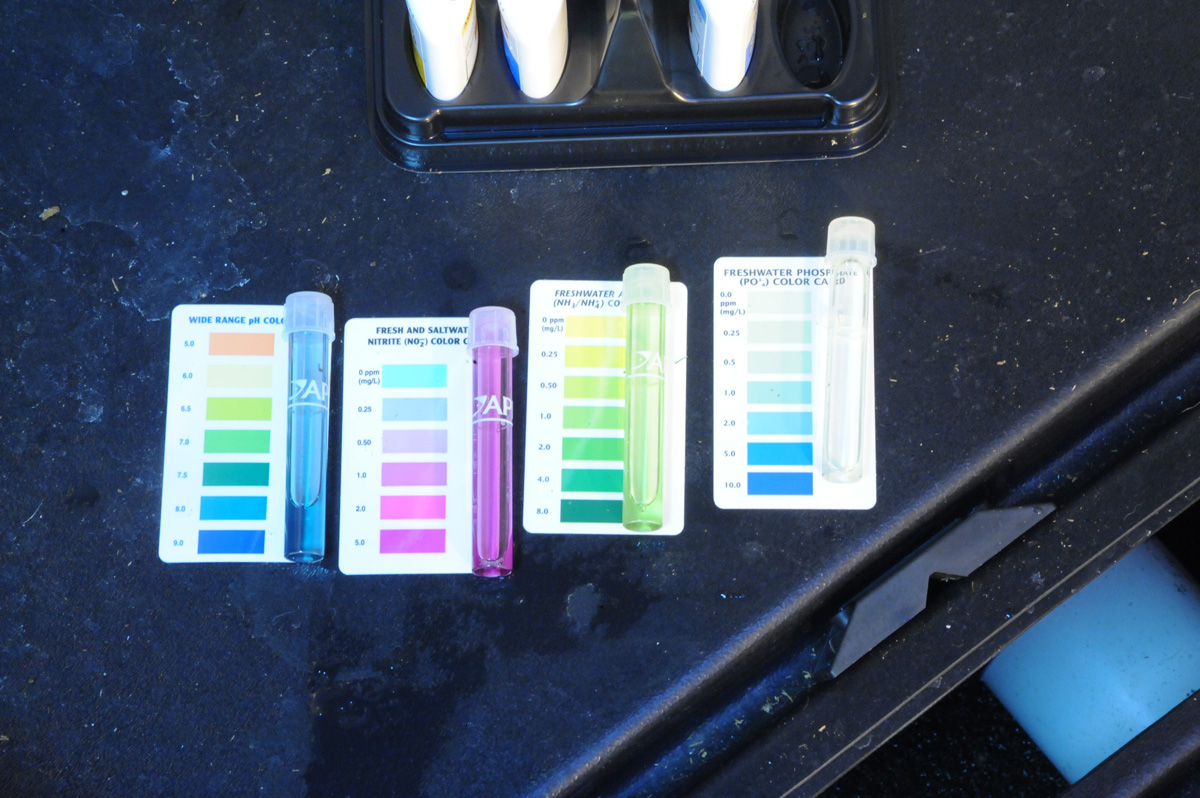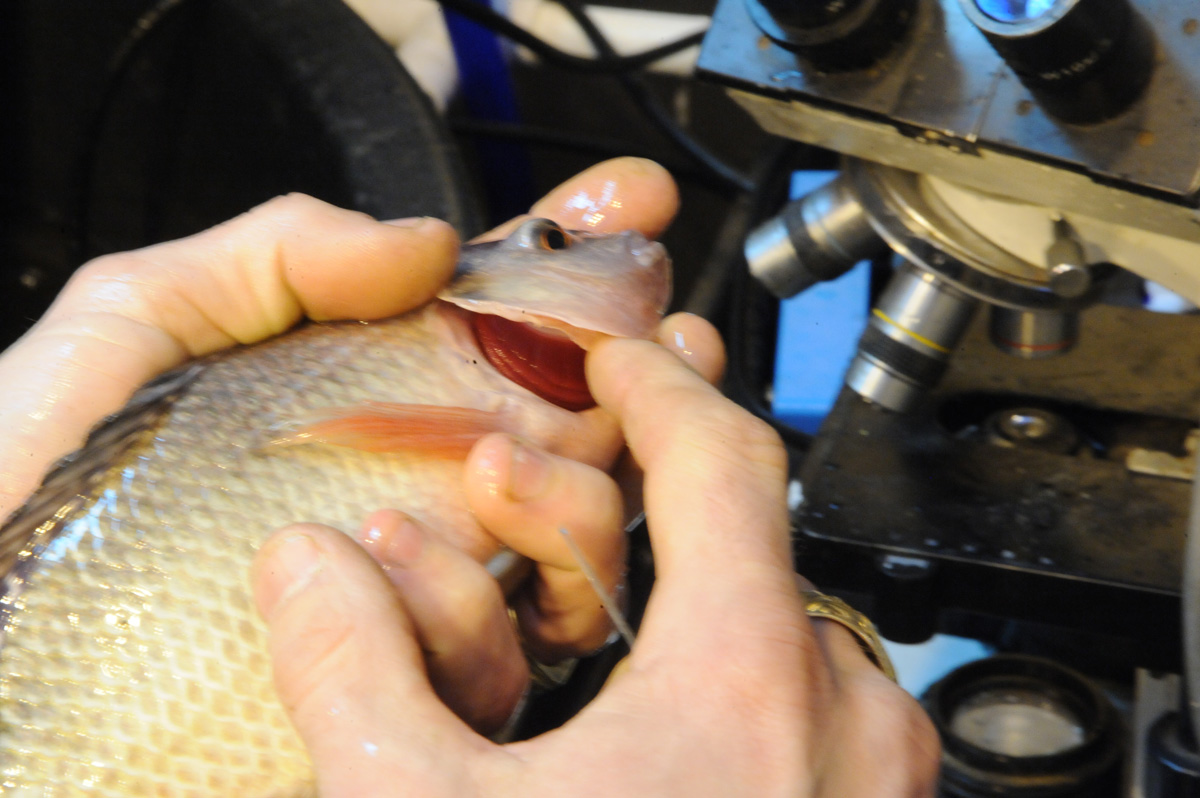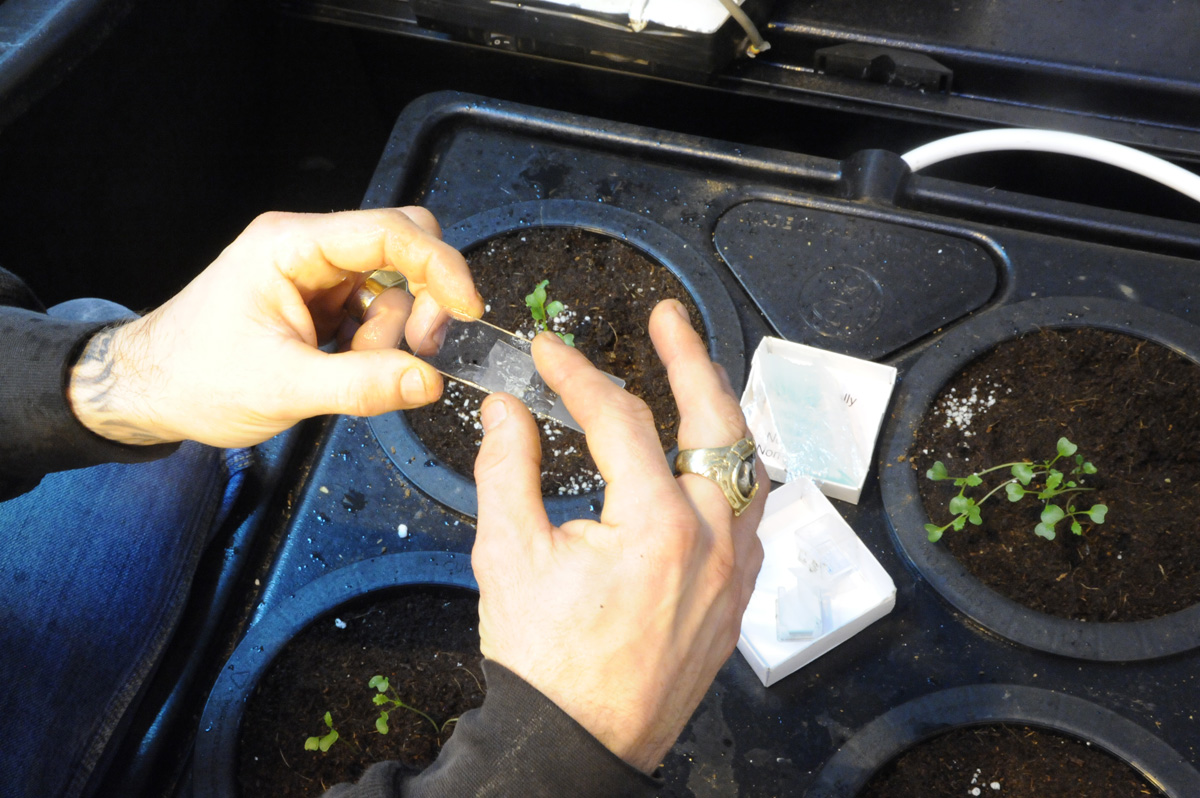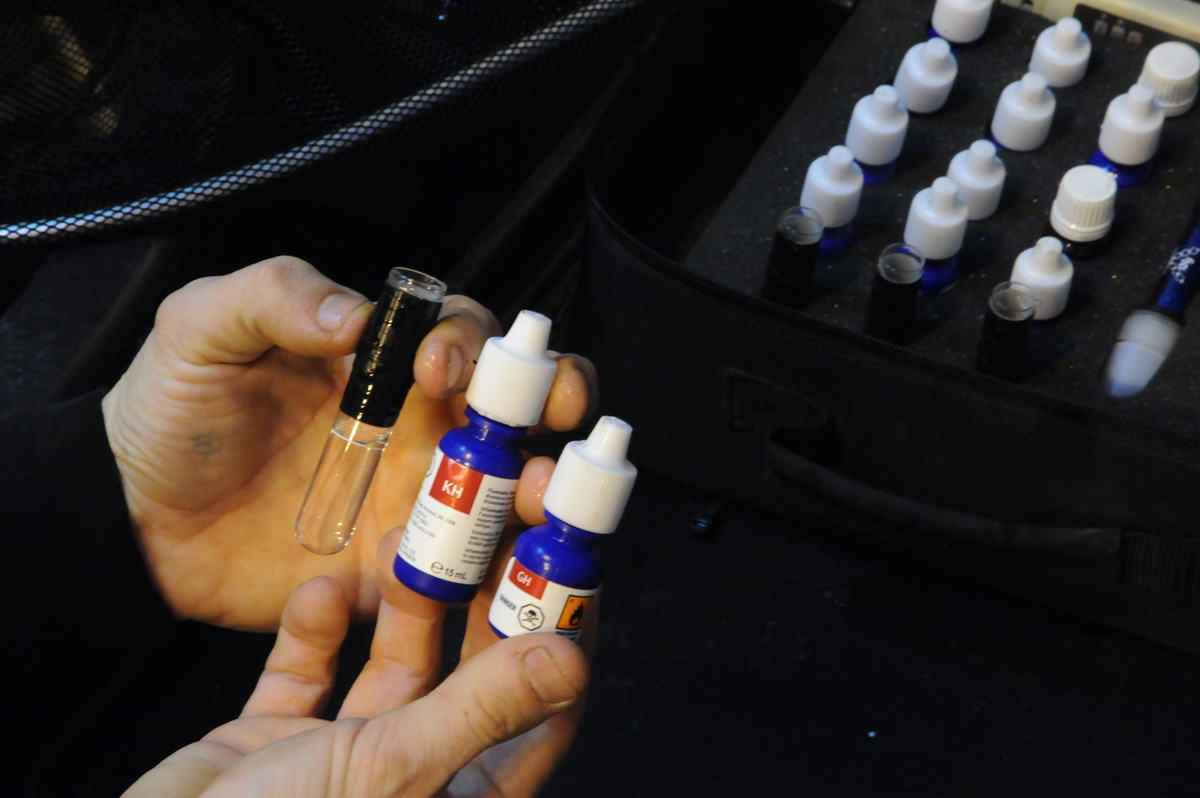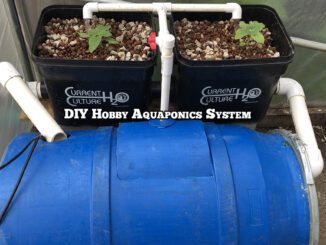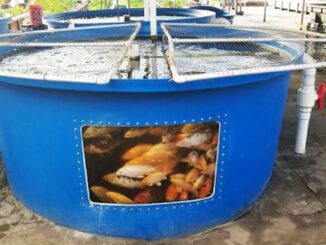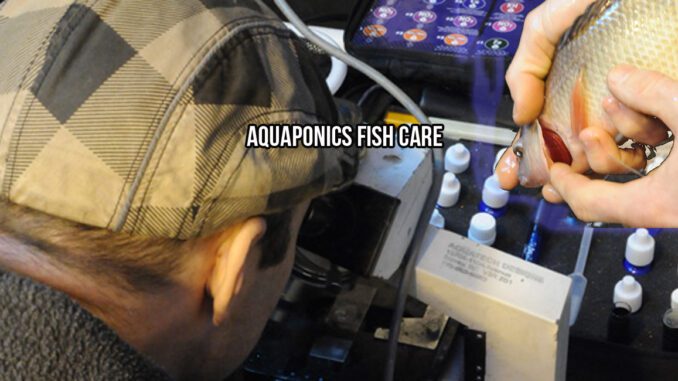
Aquaponics Fish Care
Basic Water Quality and Fish Health Check List Explained
Naturally, aquaponics fish care is important and critical in the overall function and health of an aquaponics system. In aquaponics gardening methods, the waste created by the fish cultivated is what keeps plants healthy and productive for trouble free and sustainable harvesting. For the fish, the ability of your plants to clean the water is absolutely critical in aquaponics fish care. If Ammonia or Nitrite levels get too high for any period, fish can suffer and even die.
Aquaponics Basics Quick Read Here:
| Learn About Aquaponics Principles |
TIME for Aquaponics Principles to Work
Yes, it takes about 3 to 4 weeks for the necessary bacteria in the Nitrogen Cycle to colonize (begin to grow at sufficient populations) in the filter or growing bed media that convert Nitrite and Ammonia from the fish waste in your aquaponics tanks to plant available forms of naturally occurring nitrogen, specifically Nitrate (NO3-).
So basically, you won’t have enough fertility to feed your plants for about one month, so start your seeds when you first add fish to your ready-built system.
In the Meanwhile
Aquaponics fish care is always important, but when your first starting the system it can be super critical to get into the habit of performing some basic checks to ensure that your system is starting to function as it should in order for the natural processes in aquaponics to maintain a healthy balance between aquaponics fish care and growing crops.
Understanding the Nitrogen Cycle is vital if you really want to understand how your aquaponics growing system is working. In a nutshell, it’s like this:
{ Ammonia / Nitrite from fish }—->BIOFILTER (gravel, etc)—-> {Nitrate (NO3-) for Plants}
[ml-adverts location=home-page-content-banner-5]
After about 3 weeks of continuous operation while managing and monitoring conditions like temperature, aeration, water circulation, fish feeding and water levels it appeared our Tilapia fish were in good health–we could even swear they’ve grown already.
However to ensure that aquaponics fish care basics were being met for fish health and subsequent cropping, it was time to do some basic water quality tests that just about anybody can perform with easy to obtain liquid pond testing kits. At Grozine we also consulted with or friends at Aquatech Designs who are experts in fish health and also share a love for all kinds of plants.
Basic Testing Explained
First let us tell you about what you should test for yourself, with relative ease when using a kit. Then we’ll tell you about the Microscopic Biopsy performed by Joe from Aquatech and the importance of water hardness levels.
For less than fifty bucks we bought a reliable and easy to use pond water quality testing kit. Using everything supplied with liquid reagents we were able to test for Nitrite, Ammonia, Phosphorous and a Broad Range pH Test. By the looks of it, we’ll get hundreds of tests with accurate results for our modest investment.
To our delight, and maybe even a little relief, it appeared that our water came back with a clean bill of health (we compared results with charts in Aquaponic Gardening by Sylvia Bernstein) suggesting that our system was working harmoniously and it wouldn’t be long before we could add some plants, which in our case is Genovese Basil.
We noticed that while our Ammonia levels were great, the Nitrite could be a little higher than optimal based on the pH and average water temperature levels. An excess of Nitrite can lead to brown gill disease if left unchecked. Fortunately, the solution was as basic as the cause: a slight bit of overfeeding on our part meant we just had to lower our food quantities for the fish a little.
Enter Expert Aquaponics Fish Care
Joe had more to add on the overfeeding too, and suggested that scooping out any uneaten food after three minutes from feeding would further help improve the situation.
Next, he gently netted on of our tilapia, with seeming ease. The first place he looked was the gills for colour. “Nice Colour!” was music to our ears. The gills should appear bright red; fish suffering from high ammonia or nitrite levels are often seen with more of a supermarket steak color to them. All of this was consistent with the liquid test kit we used, so that helped confirm our faith in the kit.
Our visitors often don’t carry their own microscopes and slides, but not this time. A gentle swab to collect a small quantity of “slime” from the tilapia fish’s skin was very revealing in aquaponics fish care. Apparently, koi tend to carry more of this substance than tilapia; so much to learn!
Under the microscope it was revealed that the fish tested had no parasites or other harmful microorganisms suggesting things were heading in the right direction in our aquaponics fish care in our hydroponics greenhouse.
Finally, a water test was performed to determine total water “hardness” (KH/GH). Unlike hydroponics where hardwater is a hinderance, for fish it means stability in pH. We tested over 100 PPM which we understand is excellent. Lower hardness levels mean that the pH can crash hard and fast, which is not desirable in aquaponics fish care.
While it might sound like we are bragging about our clean bill of aquaponics fish health, we must admit: we just built the system following some basic principles we shared in our earlier article, and nature seems to be doing the rest with a little help and attention from us. If you’ve been thinking about giving this a try, to date we say go for it: it’s fun, easy and opens up a wide array of possibilities.
Excitement grows as our basil seedlings gain some new leaves and the modified Under Current System we are using as our growing beds is becoming active in it’s vital role as a biofilter to support both healthy plant and fish growth in our newly cultivated greenhouse aquaponics system. Stay Tuned for MORE.
[ml-adverts location=home-page-content-banner-1]

